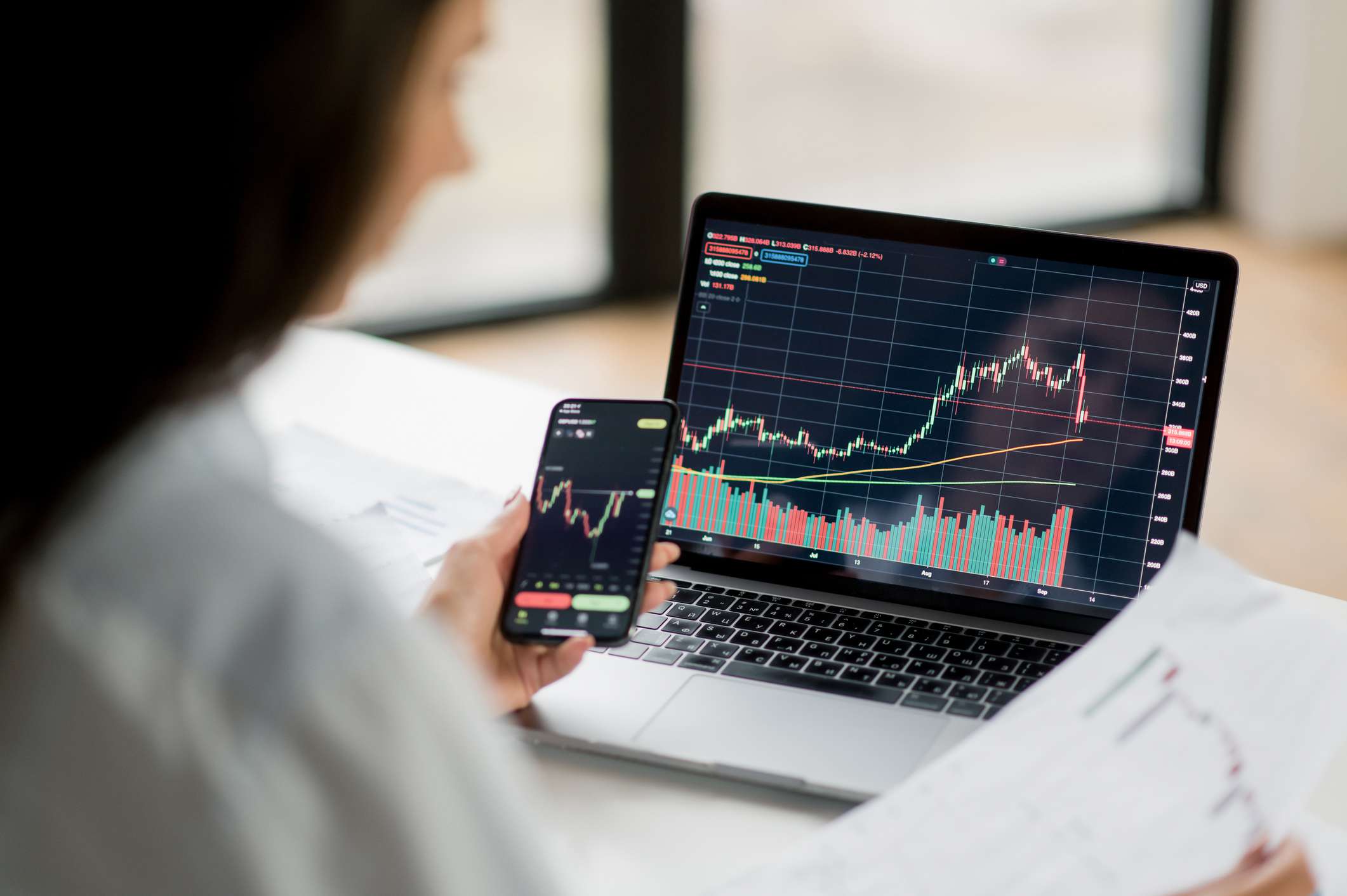
If you’re looking for a versatile and reliable tool for intraday trading, you don’t have to search any further than Bollinger Bands. This technical indicator, invented by John Bollinger in the 1980s, has become a staple for traders around the world, thanks to its simplicity and effectiveness in identifying trading opportunities. But what are Bollinger Bands? Simply put, they’re a measure of volatility, based on price data, that creates upper and lower bands around a moving average. The bands expand or contract according to the level of volatility, which means they’re wider in periods of higher volatility and narrower in periods of lower volatility.
So, how can you use Bollinger Bands in your intraday trading?
Here are some tips and strategies to help you make the most of this powerful weapon:
1. Identify the trend
Bollinger Bands can help you identify the direction of the trend, whether it’s bullish or bearish. When the price is moving higher, the upper band will also move higher, and vice versa. Use the bands to confirm the trend and avoid entering trades that go against it.
2. Wait for a breakout
One of the most popular Bollinger Bands strategies is to wait for a breakout. When the price moves outside the upper or lower band, it’s a sign of a potential trend reversal. Wait for confirmation of the breakout and use it as a signal to enter a trade in the direction of the breakout.
3. Use multiple time frames
Bollinger Bands work well across different time frames, which means you can use them to identify intraday trends as well as longer-term trends. For example, you can use a 5-minute chart to identify short-term trends and a 1-hour chart to identify longer-term trends.
4. Combine with other indicators
Bollinger Bands work well when combined with other indicators, such as the Relative Strength Index (RSI) or the Moving Average Convergence Divergence (MACD). Look for confirmation from these indicators to increase the accuracy of your trades.
Conclusion
In conclusion, Bollinger Bands are a powerful tool for intraday trading that can help you identify trends and potential trading opportunities. But like any technical indicator, they should be used in conjunction with other analyses and strategies to maximize their effectiveness. Use them wisely and you’ll be well on your way to profitable intraday trading.






